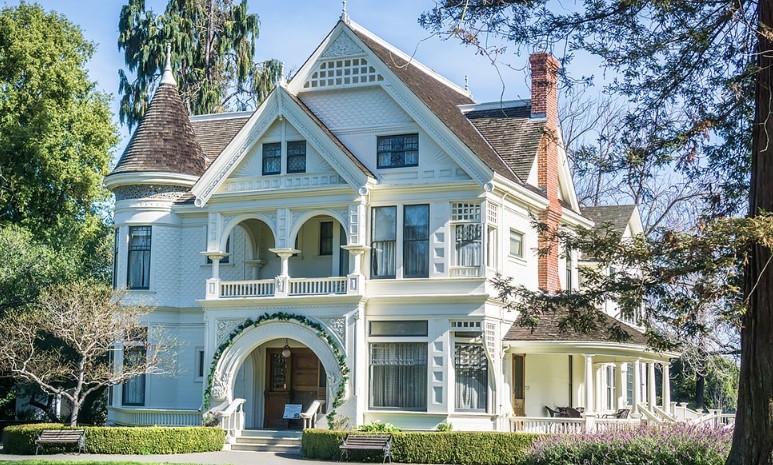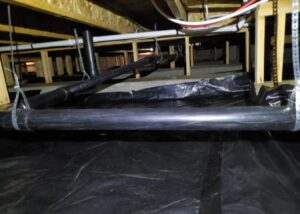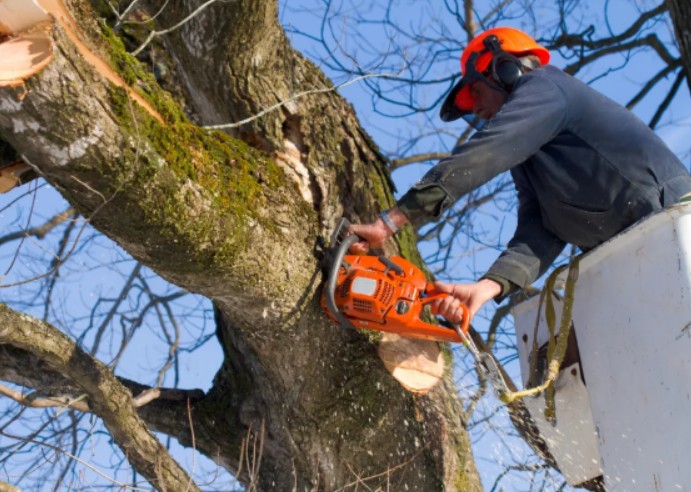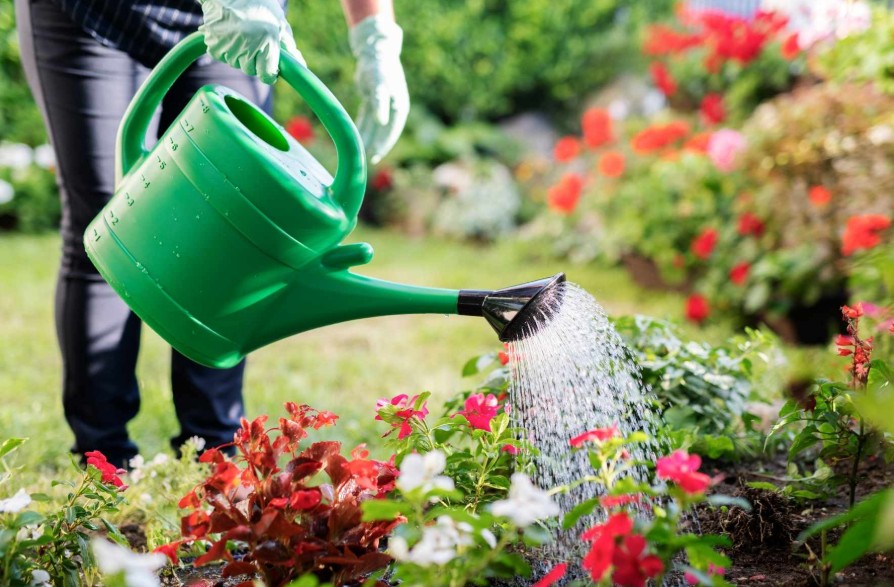Victorian Homes

Introduction
Victorian homes are a quintessential symbol of a bygone era, characterized by their ornate details, steeply pitched roofs, and grandiose design. These homes, built during the reign of Queen Victoria from 1837 to 1901, continue to captivate people with their historical significance and unique architectural beauty. Whether nestled in the countryside or standing proudly on urban streets, Victorian homes have a charm that is both timeless and captivating.
History of Victorian Homes
The Victorian era marked a period of significant change and progress, and this was reflected in the architecture of the time. Originating in Britain, Victorian homes were heavily influenced by earlier Gothic architecture, incorporating intricate designs and elaborate ornamentation. As the Industrial Revolution brought new building materials and techniques, Victorian homes evolved, blending traditional craftsmanship with modern innovation.
Key Characteristics of Victorian Homes
Victorian homes are renowned for their distinctive architectural features. These include asymmetrical facades, steeply pitched roofs, and expansive wrap-around porches. Bay windows, turrets, and towers are also common, adding to the grandeur of these homes. Inside, Victorian homes often feature high ceilings, detailed woodwork, and ornate fireplaces. The use of vibrant colors and intricate patterns in wallpapers and fabrics further distinguishes Victorian interiors.
Types of Victorian Homes
Victorian architecture encompasses several distinct styles, each with its own unique characteristics:
- Queen Anne: Known for its asymmetrical design, decorative trim, and eclectic mix of materials.
- Gothic Revival: Features pointed arches, steep gables, and intricate tracery.
- Italianate: Characterized by low-pitched roofs, tall windows, and classical detailing.
- Second Empire: Recognizable by its mansard roof and ornate dormer windows.
- Stick-Eastlake: Emphasizes wooden stickwork and decorative gables.
- Shingle Style: Focuses on the use of shingles for exterior cladding, with minimal ornamentation.
Famous Victorian Homes Around the World
Victorian homes can be found in many parts of the world, each reflecting the local culture and architectural preferences:
- UK: The Royal Crescent in Bath and Osborne House on the Isle of Wight are notable examples.
- US: The Painted Ladies in San Francisco and the Carson Mansion in Eureka, California, are iconic Victorian homes.
- International: Australia’s Boom Style homes and Canada’s elaborate Victorian mansions also showcase this architectural style.
Architectural Details and Ornamentation
The beauty of Victorian homes lies in their detailed craftsmanship. Decorative trim, often referred to as “gingerbread,” adorns the exteriors, while stained glass windows add color and elegance. Ironwork, including railings and fences, is another hallmark of Victorian design, adding both security and aesthetic appeal.
Victorian Home Interiors
Inside a Victorian home, one is transported to a world of opulence and refinement. The layout typically includes a grand entrance hall, formal dining and living rooms, and numerous bedrooms. Furniture styles of the period include heavy, carved wooden pieces and plush, upholstered seating. Rich color schemes, patterned wallpapers, and ornate ceiling medallions contribute to the luxurious ambiance.
Restoration and Preservation of Victorian Homes
Preserving Victorian homes is crucial to maintaining their historical and architectural integrity. Restoration practices often involve meticulous attention to detail, from repairing original woodwork to restoring period-appropriate color schemes. Challenges such as outdated plumbing and electrical systems can be addressed with modern solutions that respect the home’s historical character.
Living in a Victorian Home Today
Modernizing a Victorian home while preserving its charm is a delicate balance. Homeowners often update kitchens and bathrooms with modern amenities while maintaining original features like hardwood floors and decorative moldings. Stories from current homeowners reveal a deep appreciation for the craftsmanship and history embodied in these homes.
Buying a Victorian Home
When purchasing a Victorian home, potential buyers should consider factors such as structural integrity, maintenance costs, and historical preservation regulations. Working with preservation societies and experts can provide valuable guidance and support throughout the buying process.
Victorian Homes in Popular Culture
Victorian homes have long been a favorite setting in literature and film, symbolizing both grandeur and mystery. From classic novels like “Wuthering Heights” to modern films like “Sherlock Holmes,” these homes continue to inspire and captivate audiences.
DIY Victorian Home Projects
For those who own or dream of owning a Victorian home, DIY projects can be a fulfilling way to maintain and enhance these beautiful properties. Simple restoration projects, such as repainting or refurbishing original fixtures, can make a significant impact. Resources and online communities provide valuable tips and support for Victorian home enthusiasts.
Sustainability and Victorian Homes
While Victorian homes are often seen as energy-inefficient, there are ways to make them more sustainable. Insulating walls, installing energy-efficient windows, and using eco-friendly materials can reduce energy consumption and lower maintenance costs, making these historic homes more environmentally friendly.
Future of Victorian Homes
The future of Victorian homes looks promising as more people appreciate their historical value and architectural beauty. Trends in restoration and preservation emphasize sustainable practices and modern conveniences, ensuring that these homes remain relevant and cherished for generations to come.
Conclusion
Victorian homes are more than just buildings; they are a testament to a rich architectural heritage that continues to enchant and inspire. Whether you’re a homeowner, a history buff, or simply an admirer of beautiful architecture, the allure of Victorian homes is undeniable. Preserving and appreciating these architectural gems ensures that their beauty and history endure for years to come.
FAQs
- What makes a house a Victorian home? Victorian homes are characterized by their ornate detailing, asymmetrical facades, steeply pitched roofs, and a variety of styles including Queen Anne, Gothic Revival, and Italianate.
- Are Victorian homes expensive to maintain? Maintenance costs can be higher due to the need for specialized materials and skilled labor to preserve historical features, but the investment often adds significant value and charm.
- Can you modernize a Victorian home without losing its charm? Yes, many homeowners successfully integrate modern amenities while preserving original features, achieving a balance between historical accuracy and contemporary comfort.
- What are some common issues with Victorian homes? Common issues include outdated plumbing and electrical systems, structural repairs, and the need for specialized restoration to maintain historical accuracy.
-
How can I learn more about Victorian architecture? There are numerous books, online resources, and local preservation societies dedicated to Victorian architecture that offer valuable information and support.







